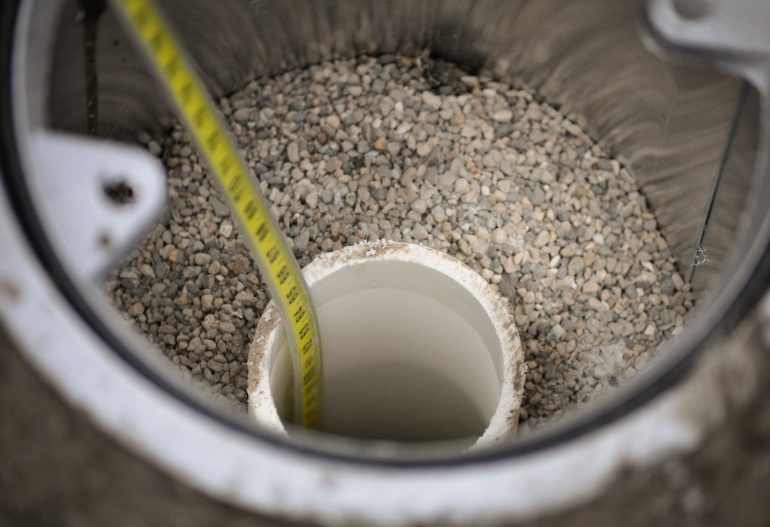Site Remediation Assessments (Phase 3 / Supplemental Phase 2 ESA)
A supplementary Phase 2 Environmental Sites Assessment (ESA), sometimes referred to as Phase 3, is focused on addressing site contamination and the need for remediation. This includes both the planning and execution of a Remedial Action Plan (RAP) for an impacted site.
The Phase 1 and Phase 2 ESA provide environmental engineers with information related to the historical uses and current condition of a property. Phase 3 begins with delineating (investigating the boundaries of where contamination exists) and quantifying volumes of soils and groundwater to be remediated.
When the impacts have been effectively characterized, the team completes an analysis of remedial options best suited to the site. The client’s goals for the site are of primary concern in this step and will direct the team while selecting a remedial approach. Cost, timelines, and applicable regulations and limitations are also important in determining the most appropriate strategy for bringing the site into regulatory compliance.
The Phase 3 ESA will continue with the development and implementation of an environmental remediation strategy and work plan. Simple excavation and disposal of contaminated soils can often be completed in a single day of onsite field activities. Other remedial strategies including in situ or ex situ bioremediation or chemical oxidation may take months or years to reach completion, depending on unique site characteristics.
Sometimes, the best option is to leave contaminated soils in place and utilize a risk management-based environmental remediation strategy. AEL senior staff are able to provide guidance on risk-based approaches to remediation, including Modified Generic Risk Assessments (MGRA) and Site Specific Risk Assessments (SSRA) when cleanup is not feasible for a site. If natural attenuation and/or the creation of containment barriers is feasible, the consultant may include these risk management strategies in the RAP.
The Phase 3 ESA concludes with a formal report on the environmental condition of the site once the remedial activities are complete. This report may recommend follow-up monitoring for residual contaminants if necessary. It will confirm contaminant removal, treatment, and the current status of the site (including on-site soil or groundwater testing or laboratory data to support the engineer’s conclusions).
AEL believes that each unique site deserves a tailored approach to remediation. AEL’s team relies on proven, industry-leading environmental remediation strategies and technologies that are solutions-focused. The client’s goals for the site set the foundation for the remediation approach.
Our team of experts are here to discuss your unique project goals and details to help you strategically approach your site.
AEL Experts Speak on Innovation in Environmental Remediation
Our Process
-

1. Discover
Every property is unique. We will listen carefully and seek clarity to ensure we understand your site’s unique details and goals.
-

2. Identify
We will recommend an optimal approach, innovative and cost-effective services and solutions for your site, focused on achieving your desired outcome.
-

3. Analyze
Once authorized, we will complete the required research, testing, consulting or reports to required standards. We take the time to review any results and reports together.

Every Property Has a History, We Can Help You Understand the Past to Prepare for the Future
AEL environment is focused on creating tailored solutions based on your end goals for each property. Let’s talk, and our team will guide you through the process.
